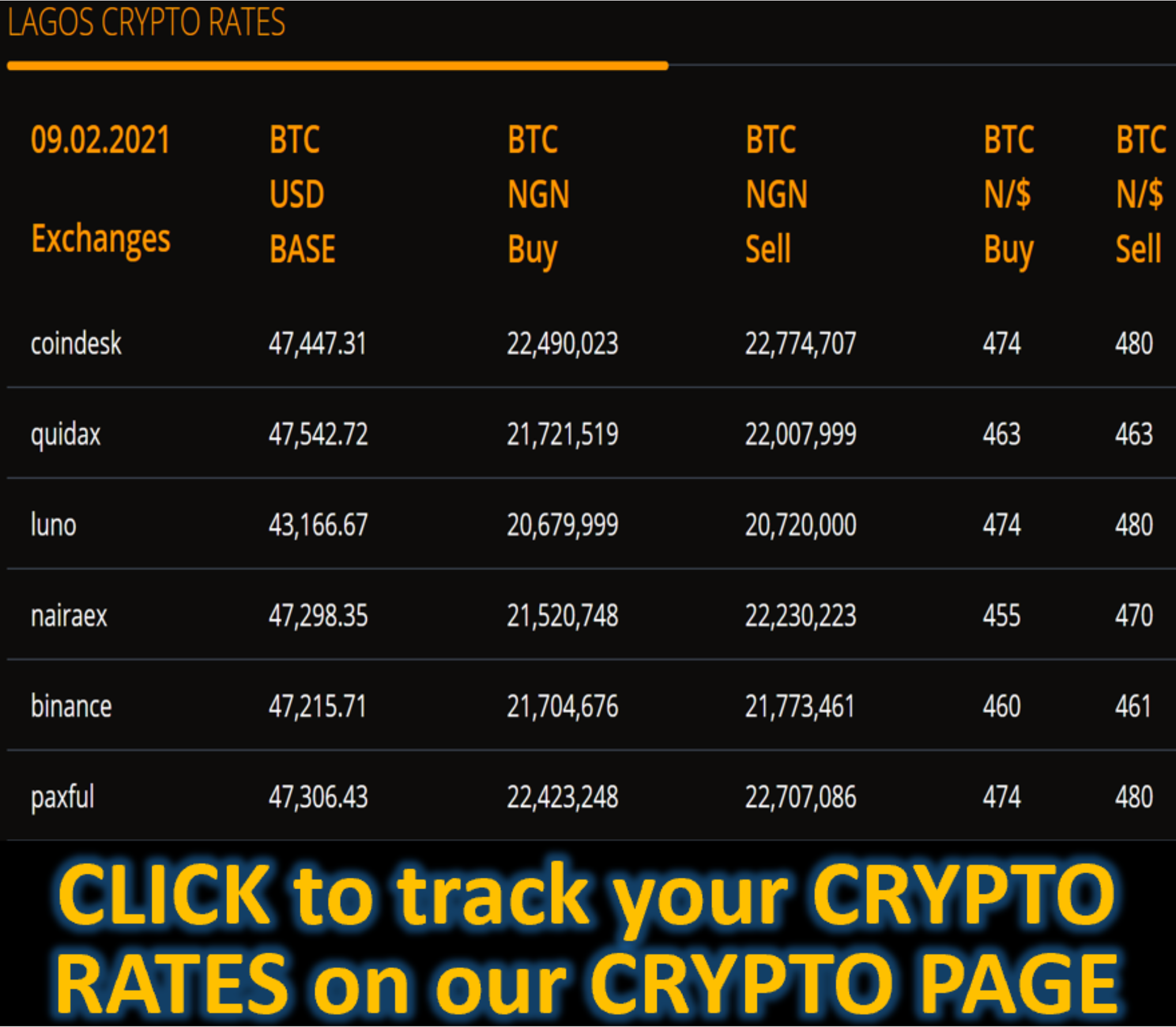Market News
CNBC’s The China Connection newsletter: New bets, old worries
by Evelyn Cheng@in/evelyn-cheng-53b23624@chengevelyn
Key Points
- Among the trickle of gloomy headlines this summer, one stirred so much attention online that a state-run social media account published a commentary to allay fears.
- In late July, the jobs outlook fell to a record low, according to a quarterly survey by China’s central bank.
- That prompted Morgan Stanley to cut its reading on social sentiment in China to the lowest level since the beginning of the Covid-19 pandemic.
- Disappointing retail sales, industrial and investment data underscored a still unresolved real estate slump, which Chinese Premier Li Qiang acknowledged in a government meeting Monday.

An aerial view shows people cooling off on a beach in Qingdao, in eastern China’s Shandong province on August 18, 2025.
-Str | Afp | Getty Images
The big story
Even if AI and robots offer an exciting future, the daily grind for many in China holds more worries.
Among the trickle of gloomy headlines this summer, one stirred so much online attention that a state-run social media account published a commentary on Saturday to allay fears.
The concern was that a court ruling kicking in on Sept. 1 would force struggling businesses to buy national insurance for all employees, amid frequent talk of pay cuts and merciless competition.
But in reality, the ruling isn’t something new.
“It’s not that the government changed the policy, it’s that [many businesses] hadn’t followed the policy,” said Wen Biao, general manager at Shenzhen-based Qianhe Technology Logistics, in Mandarin remarks translated by CNBC.
It’s a grey area that wasn’t enforced, enabling workers to take home more pay or businesses to spend less on labor. China’s “social” insurance program includes health and retirement coverage, which means the cash is locked up for medical events or retirement decades away.
The renewed attention has fueled discussions on low wages and frequent overtime work, adding to depressed sentiment.
Gloomy outlook
In late July, the jobs outlook fell to a record low, according to a quarterly survey by China’s central bank.
That prompted Morgan Stanley to cut its reading on social sentiment in China to the lowest level since the beginning of the Covid-19 pandemic.
Consumer sentiment in the U.S. has also deteriorated, according to a preliminary read for August compiled by the University of Michigan. While American consumers are not bracing for the worst, as they were at the escalation in trade tensions in April, many still expect inflation and unemployment to worsen, the report said.
Trade tensions persist, despite the U.S. and China last week extending a trade truce until mid-November. But that still leaves tariffs of around 55% on most Chinese exports to its largest trading partner.
China’s stronger-than-expected export growth has obscured insufficient domestic demand, said Bruce Pang, adjunct associate professor at the Chinese University of Hong Kong business school.
It hasn’t taken long for those issues to appear.
In just the last several days, data releases for July showed that new bank loans unexpectedly dropped for the first time in 20 years. Retail sales, industrial and investment figures missed expectations — underscoring a still unresolved real estate slump — that Chinese Premier Li Qiang acknowledged in a government meeting Monday.
Li called for more effective measures to address the property market, stabilize market expectations and ensure social stability. China’s property and construction sector once accounted for more than a quarter of China’s GDP and is still the main driver of household wealth.
Local governments have also struggled financially after losing revenue from land sales to developers.
To address the real estate challenge, Luo Zhiheng, chief economist at Yuekai Securities, proposed Monday that the central government create a 2 trillion yuan ($280 billion) fund to finish building qualified real estate projects. He also called for more financial support for local governments.
Despite the headwinds, Beijing has kept its official growth target at around 5% for the year — a goal Premier Li reiterated this week.
Pang from the Chinese University of Hong Kong said the economy is still able to achieve the goal, despite some loss of momentum.
In his view, business confidence was worse last year, and now it’s just a matter of time for policy to take effect. The challenge is that the external situation may disrupt those plans, he said, noting that any additional stimulus hinges on uncertainty around U.S.-China trade tensions and a possible Federal Reserve interest rate cut.
New opportunities
But as China’s domestic economy slogs through a transition away from real estate, its companies are turning overseas.
For Wen of Qianhe Technology, his main business in logistics and overseas e-commerce has been hit by the U.S.-China tensions. He doesn’t expect a resurgence of orders, unless tariffs drop significantly before the trade truce expires in November.
“It’s not just China; the entire world is in a state of unrest,” he said.
But he’s still upbeat. To him, the tensions have just sped up a generational opportunity for Chinese businesses to invest in factories abroad — much like how Singapore, Hong Kong and Taiwan firms once shifted manufacturing to the mainland after China joined the World Trade Organization in 2001.









